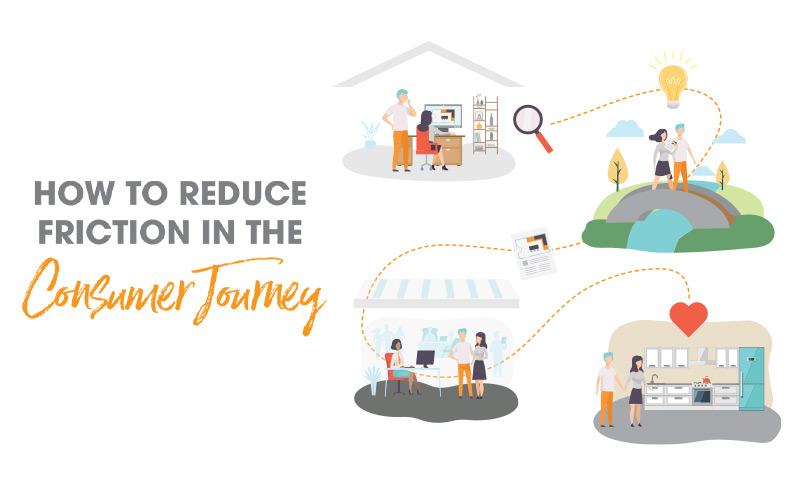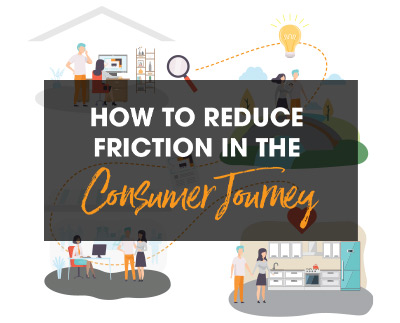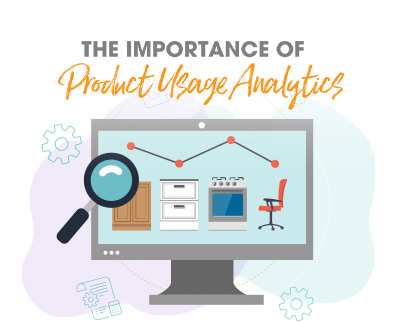
With summer right around the corner, it's the perfect time to work on your home improvement projects. From replacing the outdoor deck to painting the wall, there are plenty of tasks to finish as the weather gets warmer.
While preparing for home remodelling projects, property owners usually scour the internet for inspiration. This means that right now is the ideal time for home improvement retailers to put in the effort to reach their target audience and increase their sales.
So, how exactly do you achieve this goal?
Whether it's about increasing consumer engagement or maximizing sales, home improvement brands need to make the consumer journey as smooth as possible. Their job doesn't end once they've attracted customers to visit their website or store. Instead, their plan needs to include proper strategies to reduce friction throughout their consumers' entire journey.
3 tips for home improvement retailers to reduce friction in the consumer journey
1. Collect consumer data
2. Use accurate descriptions and good quality images
3. Go for experiential technologies
Before purchasing any product, painting the wall, or changing the floor tiles, consumers usually do a lot of research. Consumers want to make sure that everything matches perfectly with their home and that they're investing in a high-quality product. By offering advanced technologies, you can help customers see how they will fit into their homes before purchasing the product.
For instance, when consumers look at a picture of a kitchen countertop, they may think it looks nice, and may even consider it for their own home. They may not finish the purchase because they don’t know how it will look with their home layout. However, if the latest technology allows them to see how the same countertop looks in their kitchen, this will help to make their buying decision faster and easier.
Start with execution
Once home improvement retailers find the right strategies, they need to execute them properly. Without any action or implementation, you're not going to achieve your marketing goals.
To complete all of your marketing ideas, companies need to invest in the proper infrastructure and expert knowledge. By taking the time and effort to implement these ideas in your business, you're helping to ensure a smooth customer journey, leading to increased conversion rates and ultimately an increase in sales.
Want more content?
Delivering an Omnichannel Buying Experience
This eBook explains how to deliver an omnichannel buying experience to your clients. It includes digital planning solutions, social media impact, role of manufacturers, upselling, and more.
Related posts
Share this Post





